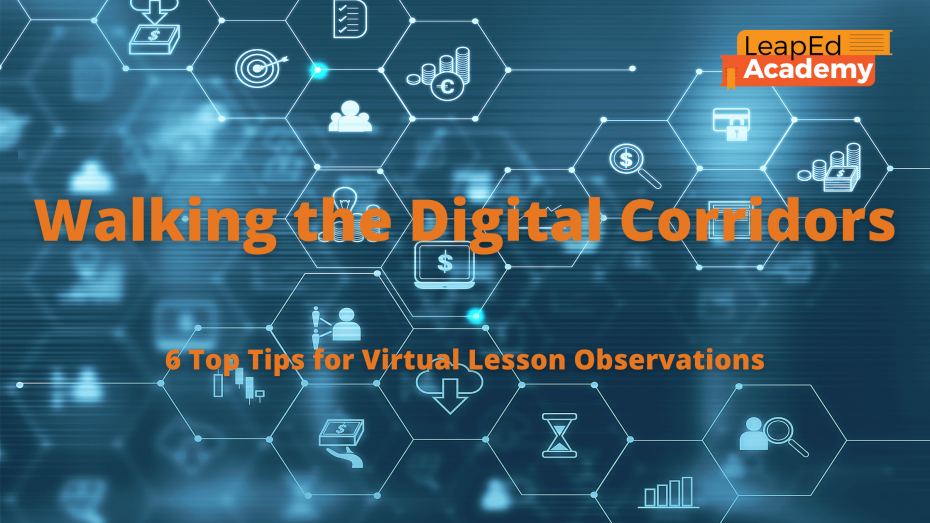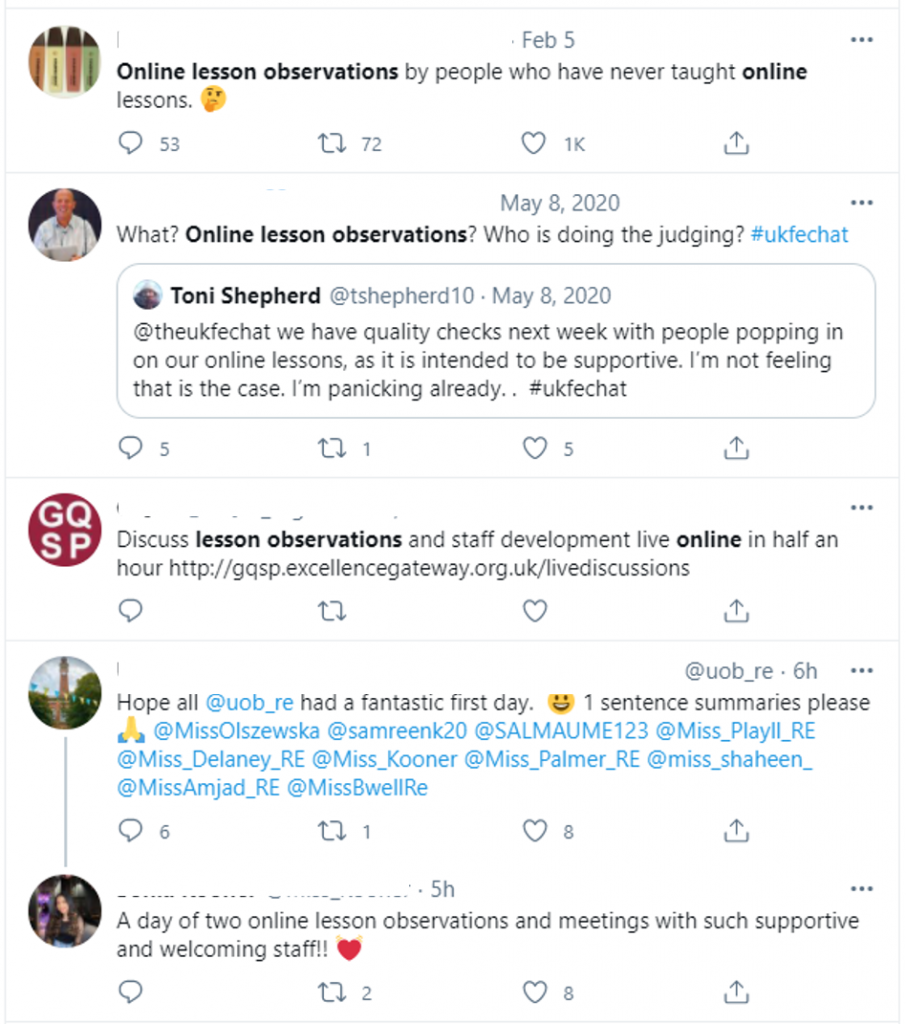“Data, data everywhere, and not a thought to think.”
“Big Brother is watching you.”
While scrolling through twitter last week, I came across a lot of chatter about online lesson observations.
Some teachers love the support and feedback, while others believe they are an added burden, especially in our current context of all-consuming Covid uncertainty.
The jury is out.
This got me thinking.
For teachers who dread lesson observations (online or offline), is it because of the school culture? Is there a collegial culture with lifelong learning embedded across all levels of the school’s organization (not just the students)?
As I was reflecting on the debate, I listed 6 key points that School Leaders can ask themselves when thinking about and planning remote learning lesson observations.
1. The right foundations (be clear about the purpose)
If teachers in your school are not aware that lesson observations are a developmental tool and part of their ongoing professional development, it is going to seem like an extra burden to have their subject leads or principals popping in for a remote learning observation.
Ask Yourself: How likely is it that teachers in your school will respond to remote learning lesson observations in a negative way? If it’s likely, can you spend some time helping teachers see lesson observations in a non-threatening way before starting?
2. Developmental or formal?
At the same time as being developmental, there is still a need for formal lesson observations. Of course, these are still developmental, too. But it’s a good idea to try and understand your teachers’ perceptions. There is a difference between a principal ‘popping in’ while on a learning walk and a formal lesson observation that will be filed in the teachers’ records.
Ask yourself: Is it necessary to do formal lesson observations while teachers are teaching remotely? Just because it’s in the calendar to get one lesson observation done for each teacher in the first term, it doesn’t mean you have to stick to it. After all, Covid has taught us that everything can change, so why not change your lesson observation scheduling practices?
3. Technology
Like all good developmental lesson observations, the whole picture needs to be considered so that targeted feedback can be shared with teachers.
You will need to look at the delivery and learning system as a whole part of the ‘lesson observation’; not just the 45-minute live class. What is on the LMS? How do teachers communicate with learners outside of lessons? How regularly? What is the content of the communication? Is it driven by learning? Are teachers using data from the LMS to inform lesson planning?
Ask yourself: Have you considered the whole student journey for the lesson observation? Consider thinking of lesson observations in terms of a longer period. Perhaps a week in which you collect learning data from other possible sources. Giving teacher feedback on the whole system is more useful than giving feedback on how many students spoke in a 45-minute class (but don’t throw the baby out with the bath water; this data is still useful to add to the whole picture).
4. Engagement
You’ve looked at data from the LMS and have built a picture of teachers’ pedagogical approach and students’ progress as a result of the lessons. Now you want to try and find evidence of engagement levels.
Why engagement?
It is generally agreed that learning is ‘invisible’ (Ofsted source), so it’s a good idea to use other indicators as a proxy for learning. Engagement comes out on top in terms of useful proxies.
Here are some of the most common engagement measures for remote learning.
For a more detailed look at engagement in remote learning, you can read this useful article from EdSurge.
Ask Yourself: Have you considered different levels of engagement in the class, both from LMS data and in the live class? Does the teacher provide opportunities for interaction and collaborative learning?
5. Feedback
So, all the pre-observation data gathering has been completed. Check. You’ve been into the remote lesson. Check. You’ve synthesized your observations into strengths and areas for development. Check. And now it’s time for feedback.
Even with all the digital communication tools in our reach, remember to try and give face-to-face (or is it now screen-to-screen?) feedback as soon after the ‘event’ as possible. This shows your teachers that you value their time and effort and that they are a priority for you. It’s also a good idea if the observation event as a whole can be linked to some kind of expectation (possibly from some CPD you have done on running online programmes, or from pervious lesson observations).
And don’t forget goals. It’s really important to set these for development. You can then use these goals as progress tracking for your teachers’ professional development. Finally, make sure you mention the teachers’ strengths. In an authentic way, of course. People tend to notice when we’re not being authentic.
Ask Yourself: Did I give equal priority to teacher feedback as I did to the observation process itself? Did I encourage teachers to set their own professional development goals as a result of the lesson observation?
6. A note on privacy
While we have the privilege to record lessons so that they can be shared for professional development purposes, this also means that we need to be mindful of safeguarding and data protection policies. If you are planning to share recordings of lessons, you must take steps to plan ahead so that you can make sure children aren’t visible or that the child’s / parent’s consent is obtained before using their personal data in this way.
Ask yourself: Have we considered privacy implications for remote learning?
When all is said and done, school leaders must remember that whether observations take place online or offline, it’s important to not get carried away with the tech. Or the vast amounts of data.
Be it remote or physical, pedagogy trumps technology.

For more information on Ofsted research into 6 models of lesson observations, click here.
For more information on rubrics for remote learning observations, click here
IF YOU WANT:
- help strategizing your remote learning observations
- lesson observation training
- LeapEd’s Lesson Observation tool and rubric



